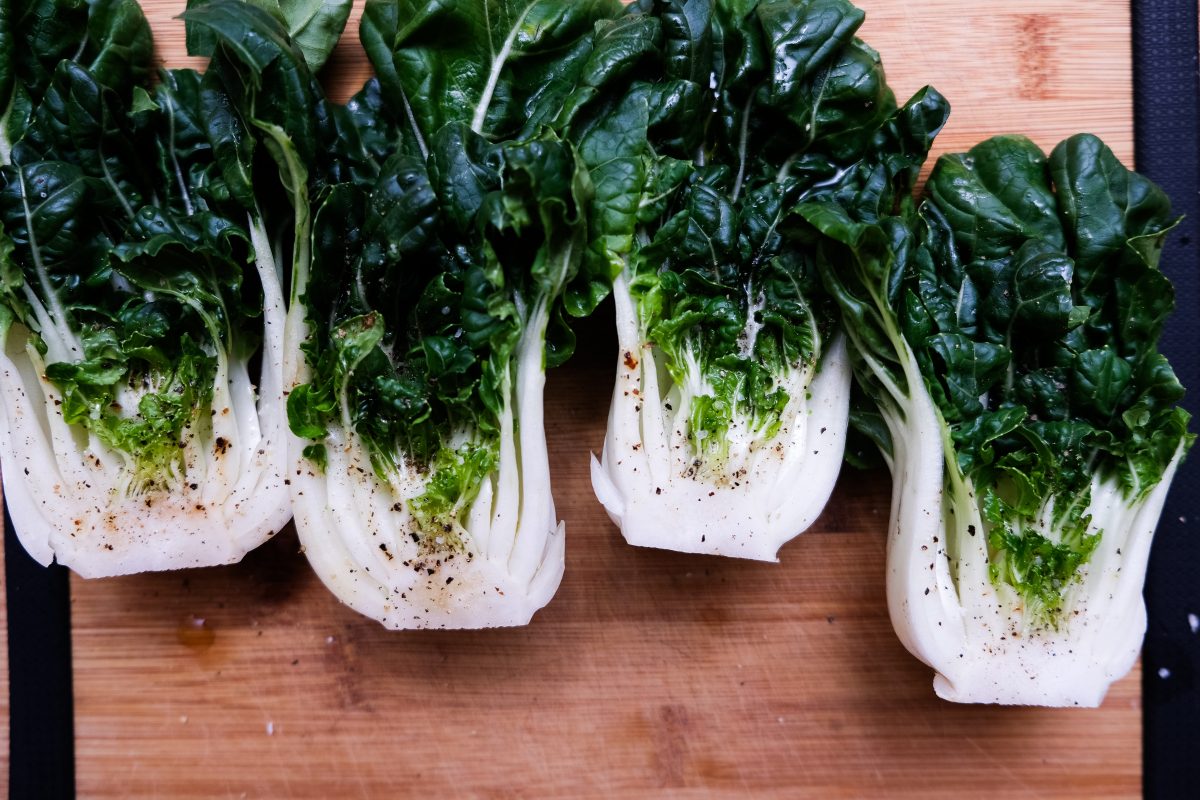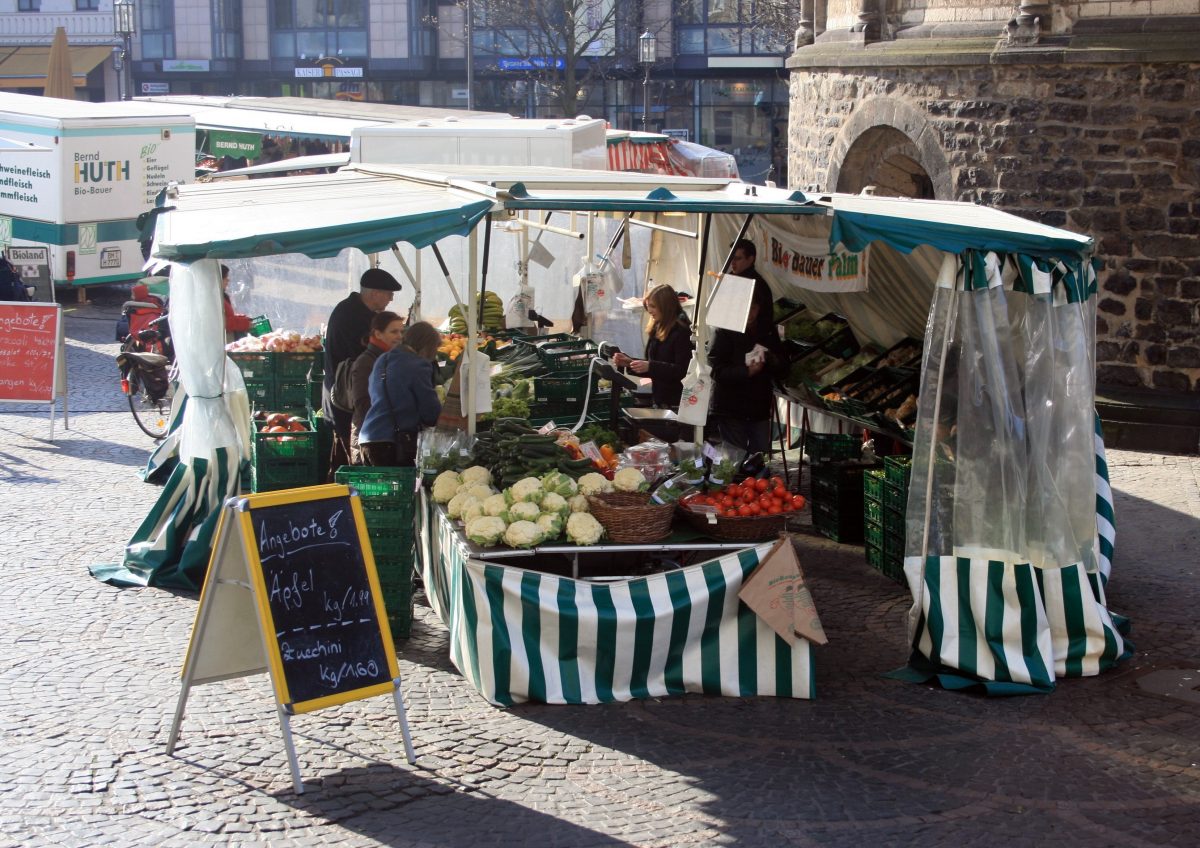Five Steps to Add Diversity to Your Plate
06.09.2019
Let’s face it: our food systems are complex.
With so many studies diagnosing the multitude of faults and solutions to the current direction of global agriculture, it can be hard to know what exactly to think, let alone how to act. This applies to those of us in the Food Forever team as well. At the end of the day, we are all individuals confronted with decisions each time we prepare a meal. There is no one-size-fits-all answer when it comes to food, but we try to keep our understanding simple: something’s missing.
Depending on the person, what’s missing could be taste, nutrition or a greater connection to the story behind your food. In our view, it’s biodiversity, which encapsulates it all. Here are a few basic facts that shape how we at Food Forever view what’s on our plates:
- The biodiversity within our food system is immense. This vast range of edible crops and livestock offers different colors, textures, flavors and overall an innumerable variety of options to grow, prepare and enjoy a meal.
- The majority of this diversity is overlooked. We simply aren’t taking advantage of the different types of foods out there, including those we know well – from blue to yellow corn, for instance – and those we are less familiar with – like the many shades of beautiful amaranth.
- It’s a shame. Our pallets are missing out on those unseen and never-before-tasted colors, textures and flavors, all the while valuable environmental traits found within these untapped varieties go uncared for and eventually face extinction.
As SDG 2.5 calls for, Food Forever Partner Organizations are among a growing group of businesses and institutions doing their part to safeguard and promote greater agricultural biodiversity from where they operate in our food systems. But this task becomes much easier when we make room for these lesser-known varieties of crops and livestock in our own homes. No, you don’t have to start harvesting blue corn or amaranth in your backyards to support more resilient food systems (though you wouldn’t be alone), but there are steps we as consumers can take with this in mind.
Incorporating more diversity into your diet will of course depend on a number of factors, such as where you live and how you source your food, but we encourage everyone to consider what a more diverse plate could look like at your next meal. To give you an idea, the Food Forever team here in Germany decided to share 5 ways we aim to include more diversity on our plates:
- SWAP a familiar ingredient for something new. Instead of rice, use farro, for example.
- EXPERIMENT with a new ingredient. I personally stand in front of the produce section at my grocery store and pick up at least one fruit, vegetable or leafy green that I’ve never cooked with before. Afterwards, I rely on the omniscient internet to tell me all the ways to prepare it, and then I give it a try! This week it was Bok Choy:

- Similarly, you can approach new ingredients in the reverse order: IDENTIFY a new recipe and then set out in search of its unfamiliar contents. Both ways hopefully lead you to learn more about the ingredients themselves and potentially other cultures where it may be more common.
- If you can’t find what you’re looking for, ASK! Let your grocer or retailer know that you’re interested in a more diverse food selection. Maybe they will consider your request, and if so, others will be exposed to new varieties, too.
- VISIT organic or other specialty shops, if available, that may offer different foods than mainstream suppliers. In Germany, we have several “biomarkt” options and others that only sell region-specific crops from Asia, Africa and the Middle East.

The “Biomarkt” in Bonn sells regional and organic fruits and vegetables twice a week. Photo credit: Sir James
BONUS POINTS: sourcing food from farms directly. Many cities offer regular deliveries straight from the field into your kitchen. This cultivates support for and a connection with the stewards of your local biodiversity. Often times you can make specific requests for particular varieties or change up your order each time to try new things.
And as always – SHARE. Multiply the impact of your actions by encouraging others. Start the conversation in your network, whether through social media or hosting a dinner with friends. The more consumers recognize the value of food diversity, the more incentive growers have to supply it and conservationists to ensure future generations can too, forever.
Let us see your take on #diversedishes on twitter, Instagram or Facebook.
